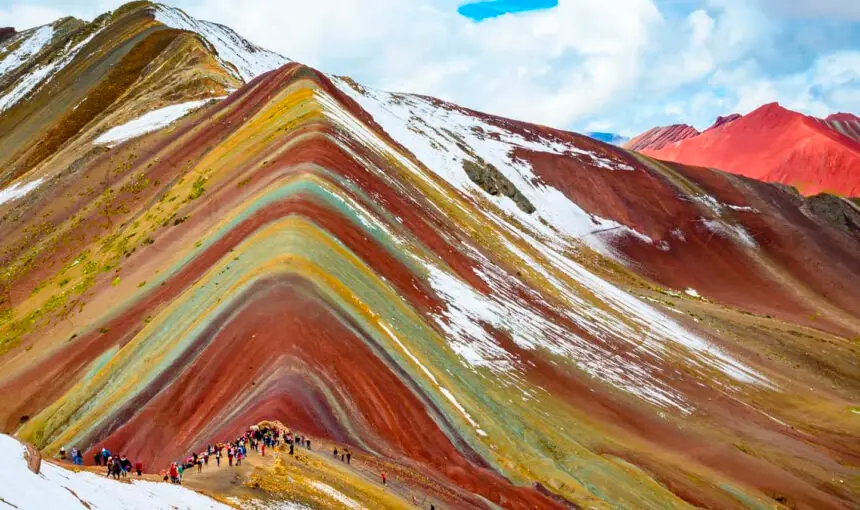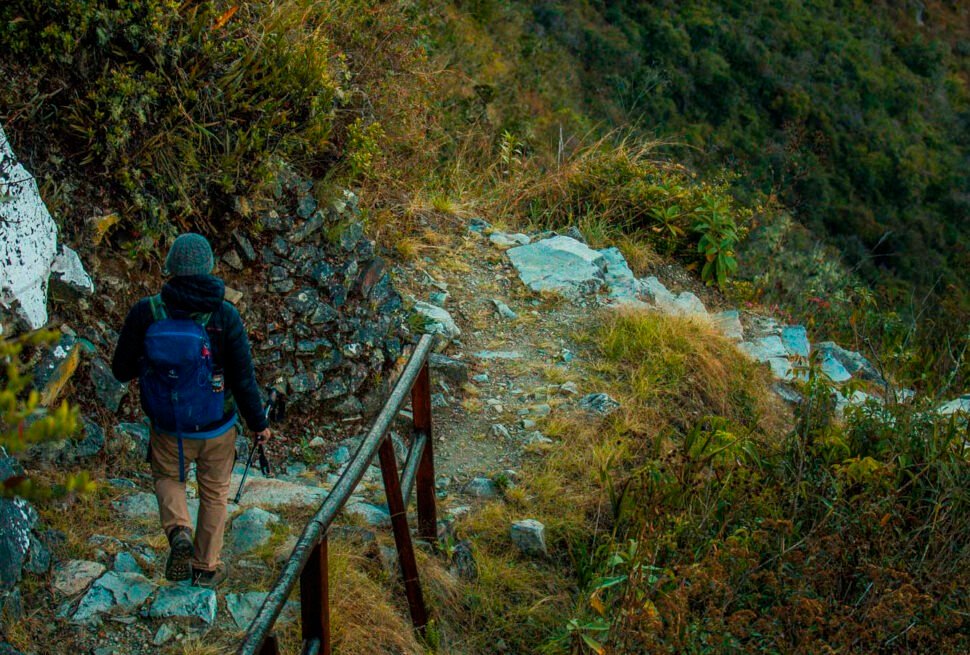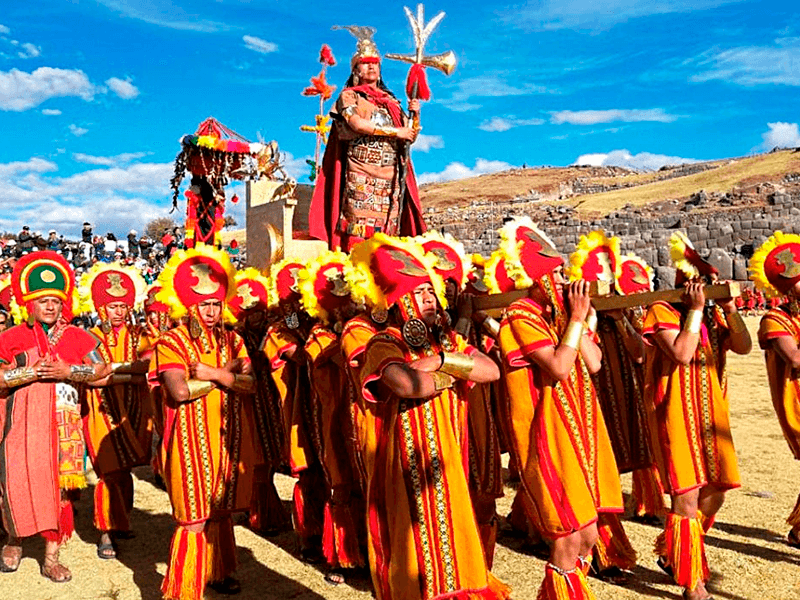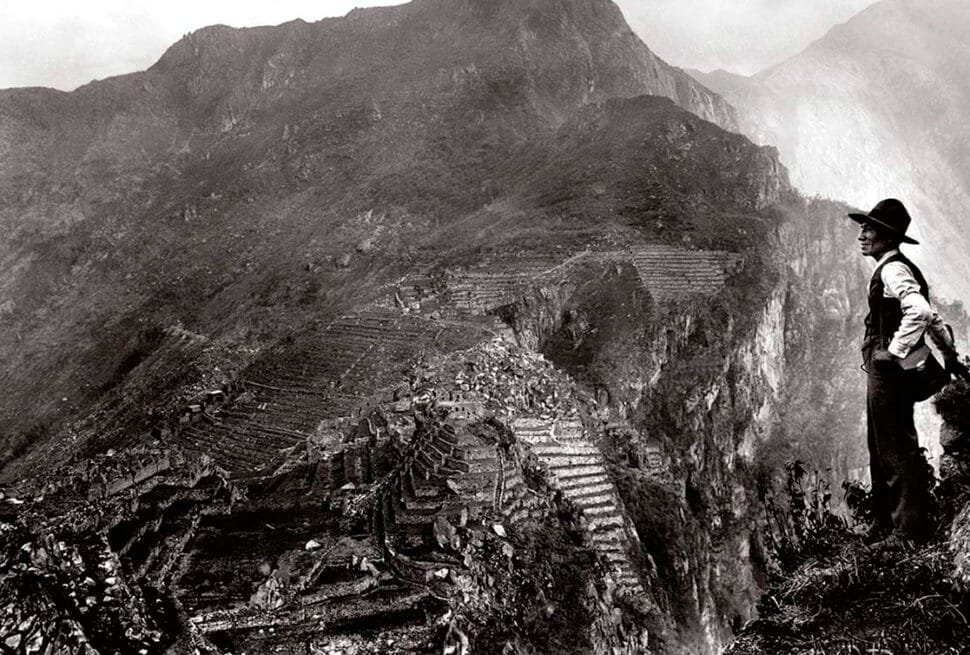Peru is a country rich in natural wonders and cultural heritage, with famous sites like Machu Picchu and the Nazca Lines drawing visitors from around the world. However, in recent years, another natural marvel has captured the attention of travelers and adventurers: Rainbow Mountain, known locally as Vinicunca. This stunning mountain, with its vibrant, multi-colored layers, has become one of the top tourist attractions in the Peruvian Andes. But what is the history behind this unique geological formation? Let’s explore how Rainbow Mountain was formed, its cultural significance, and how it emerged as a major tourist destination.
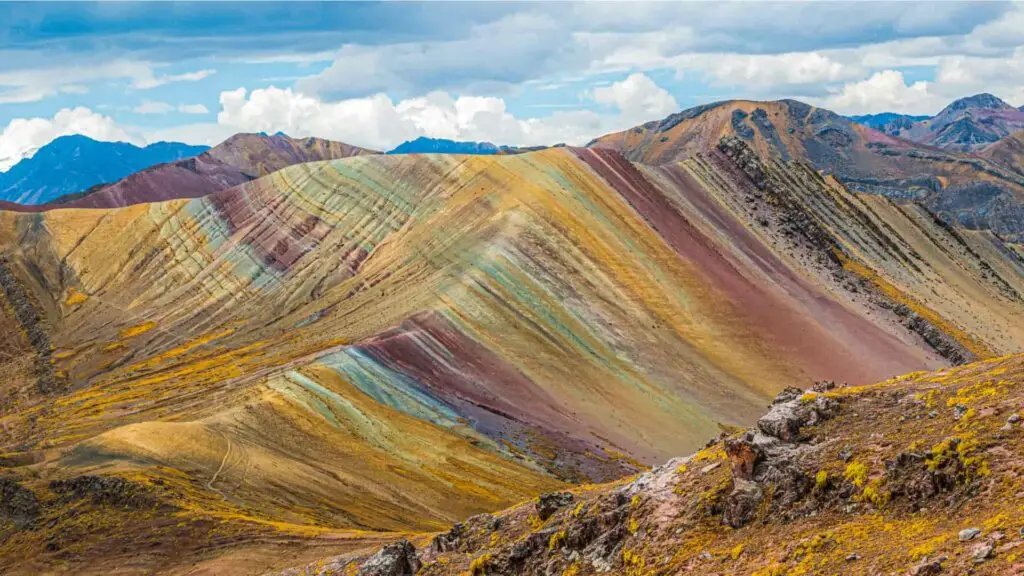
The Geological Origins of Rainbow Mountain
Vinicunca, or Rainbow Mountain, is located in the Cusco region of Peru, nestled within the Vilcanota Mountain Range, near the famous Ausangate Mountain. Standing at an impressive 5,200 meters (17,060 feet) above sea level, Rainbow Mountain’s most striking feature is its rainbow-like bands of color, which create a surreal, almost otherworldly landscape.
The vibrant stripes of color on the mountain are the result of a unique combination of geological processes that occurred over millions of years. The different colors represent various layers of sedimentary rock that were deposited by marine, lake, and river environments millions of years ago. Over time, these sediments, rich in minerals, were compressed and gradually uplifted by tectonic activity as the Andes Mountains formed. The distinctive colors in the mountain are attributed to the following mineral deposits:
- Red and pink hues: Caused by iron oxide (rust) found in the sandstone.
- Yellow and orange shades: Due to limonite, a mineral formed from the oxidation of iron in sandy and clay rocks.
- Green bands: Caused by the presence of chlorite, a mineral that forms in environments with high iron and magnesium content.
- Purple and lavender tones: Caused by goethite, a form of iron oxide, and the mixture of other volcanic materials.
The landscape’s transformation from sediment layers to mountain peaks took place over millions of years, but Rainbow Mountain’s colors were hidden for centuries, covered by ice and snow.
The Discovery of Rainbow Mountain
For most of its existence, Rainbow Mountain remained obscured beneath a thick layer of ice, making its colorful layers invisible to the human eye. It wasn’t until around 2015 that the mountain was fully revealed due to the effects of global warming and the gradual melting of glaciers in the region. As the ice receded, it unveiled the striking, rainbow-colored layers that had been hidden for millennia. The discovery of Vinicunca’s vibrant colors caught the attention of local guides, adventurers, and eventually, the world.
Although the rapid melting of ice is a result of climate change, which poses serious environmental concerns, it is also the reason Rainbow Mountain was brought to light in the modern era. What was once an inaccessible and little-known mountain became an extraordinary tourist destination almost overnight.
Cultural Significance of Rainbow Mountain
Long before Rainbow Mountain became a tourist hotspot, the surrounding region was of deep cultural significance to the local Quechua-speaking communities and indigenous Andean people. The mountain is part of the larger Ausangate Mountain region, which is considered sacred in Andean cosmology. Ausangate is revered as an Apu, or mountain spirit, by the indigenous peoples of the Andes. The Apus are believed to be protectors of the land and provide vital resources like water and fertile soil for agriculture.
Every year, thousands of indigenous people make pilgrimages to the nearby Ausangate region during the Qoyllur Rit’i Festival, a religious and spiritual celebration that predates the arrival of Spanish colonizers. Held annually in late May or early June, this festival involves a multi-day trek through the mountains, and participants honor both Catholic and indigenous deities, blending ancient Andean traditions with modern religious practices.
Though Rainbow Mountain itself was not the main focus of these pilgrimages, it shares the same sacred landscape as Ausangate and holds a special place in Andean spiritual traditions.
The Rise of Rainbow Mountain as a Tourist Destination
Once the colorful slopes of Rainbow Mountain were exposed, it quickly became one of Peru’s most sought-after destinations. Photos of the rainbow-colored landscape began circulating on social media and travel blogs, capturing the attention of adventure travelers, nature enthusiasts, and photographers from around the globe. In just a few years, Rainbow Mountain went from being relatively unknown to one of Peru’s top attractions, alongside Machu Picchu and the Sacred Valley.
Tourism to Rainbow Mountain skyrocketed, with thousands of visitors making the trek each year. The journey to reach the summit of Vinicunca involves a challenging hike, typically starting from the village of Cusipata, located about three hours from Cusco. The trek is approximately 10 kilometers (6.2 miles) round trip and can take anywhere from three to five hours to complete. Given the high altitude, hikers often face challenges such as thin air, steep terrain, and cold temperatures. However, the reward at the top—breathtaking views of the multi-colored mountain—makes the effort well worth it.
Tour operators began offering guided tours to Rainbow Mountain, and the region saw a surge in infrastructure development to accommodate the influx of visitors. While tourism has brought economic benefits to local communities, it has also raised concerns about the environmental impact of mass tourism on the fragile ecosystem of the area.
Environmental Challenges and Conservation Efforts
The rapid increase in tourism has put significant pressure on the natural environment surrounding Rainbow Mountain. The large number of visitors, combined with foot traffic, erosion, and littering, poses a risk to the preservation of the landscape. The local authorities, in partnership with environmental organizations, have implemented measures to mitigate the impact of tourism. These include:
- Strict guidelines for waste management: Ensuring that visitors do not leave behind trash that could harm the delicate ecosystem.
- Controlled entry to the site: Limiting the number of daily visitors to reduce foot traffic and environmental degradation.
- Encouraging sustainable tourism: Educating tourists about responsible travel practices, such as staying on marked trails and respecting the natural environment.
Efforts to preserve the area are ongoing, as local communities and authorities work together to find a balance between tourism and conservation.
When Is the Best Time to Visit Rainbow Mountain?
The best time to visit Rainbow Mountain is during the dry season, which runs from May to September. During this period, the weather is generally clear and sunny, providing excellent conditions for hiking and photography. The rainy season, from November to March, can make the trek more challenging, as the trails become muddy, and the clouds may obscure the view of the mountain’s vibrant colors.
It’s important to note that due to the high altitude, visitors should take time to acclimatize before attempting the trek. Spending a few days in Cusco or other high-altitude areas can help reduce the risk of altitude sickness, which is common at elevations above 3,000 meters (9,800 feet).
Conclusion
Rainbow Mountain, or Vinicunca, is not only a natural wonder but also a symbol of Peru’s dynamic and changing landscape. Its discovery in the 21st century, coupled with its deep cultural roots and connection to Andean spirituality, make it a unique and fascinating destination. While tourism has introduced new challenges, it has also opened the door for people from around the world to witness the beauty of this once-hidden treasure.
For those seeking adventure, stunning views, and a connection to the natural world, Rainbow Mountain offers a one-of-a-kind experience that blends geological marvels with the cultural heritage of the Andean people. As more travelers venture to this high-altitude wonder, the responsibility of preserving its beauty and integrity for future generations remains a priority for locals and visitors alike.

